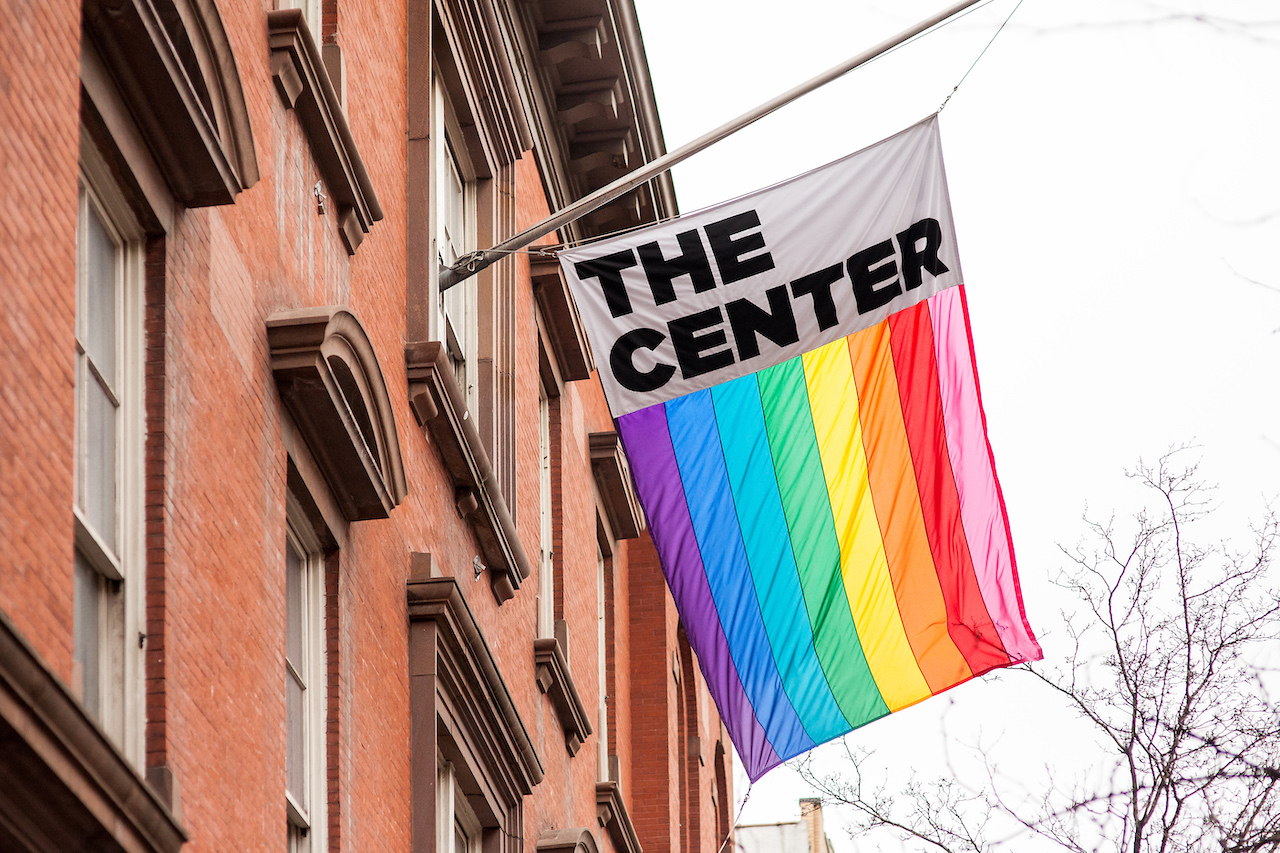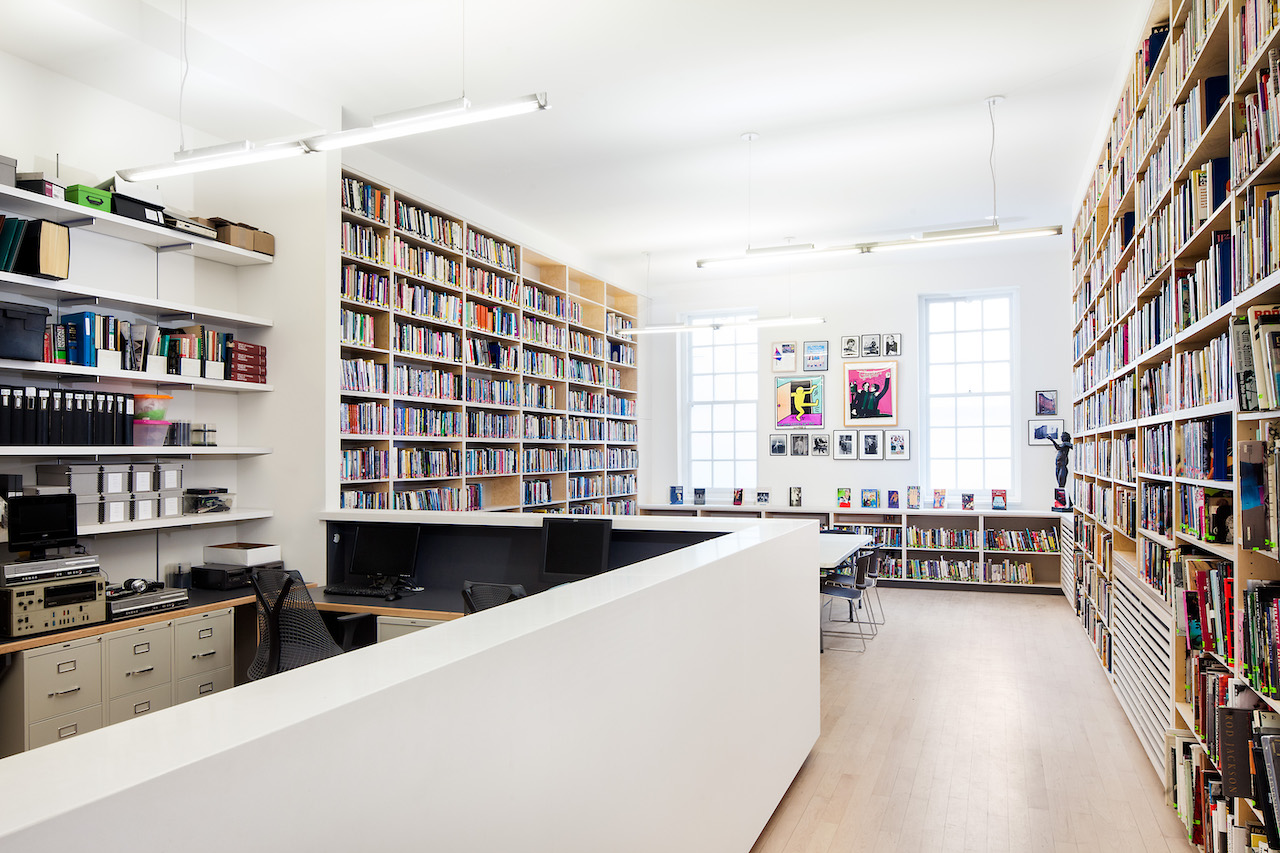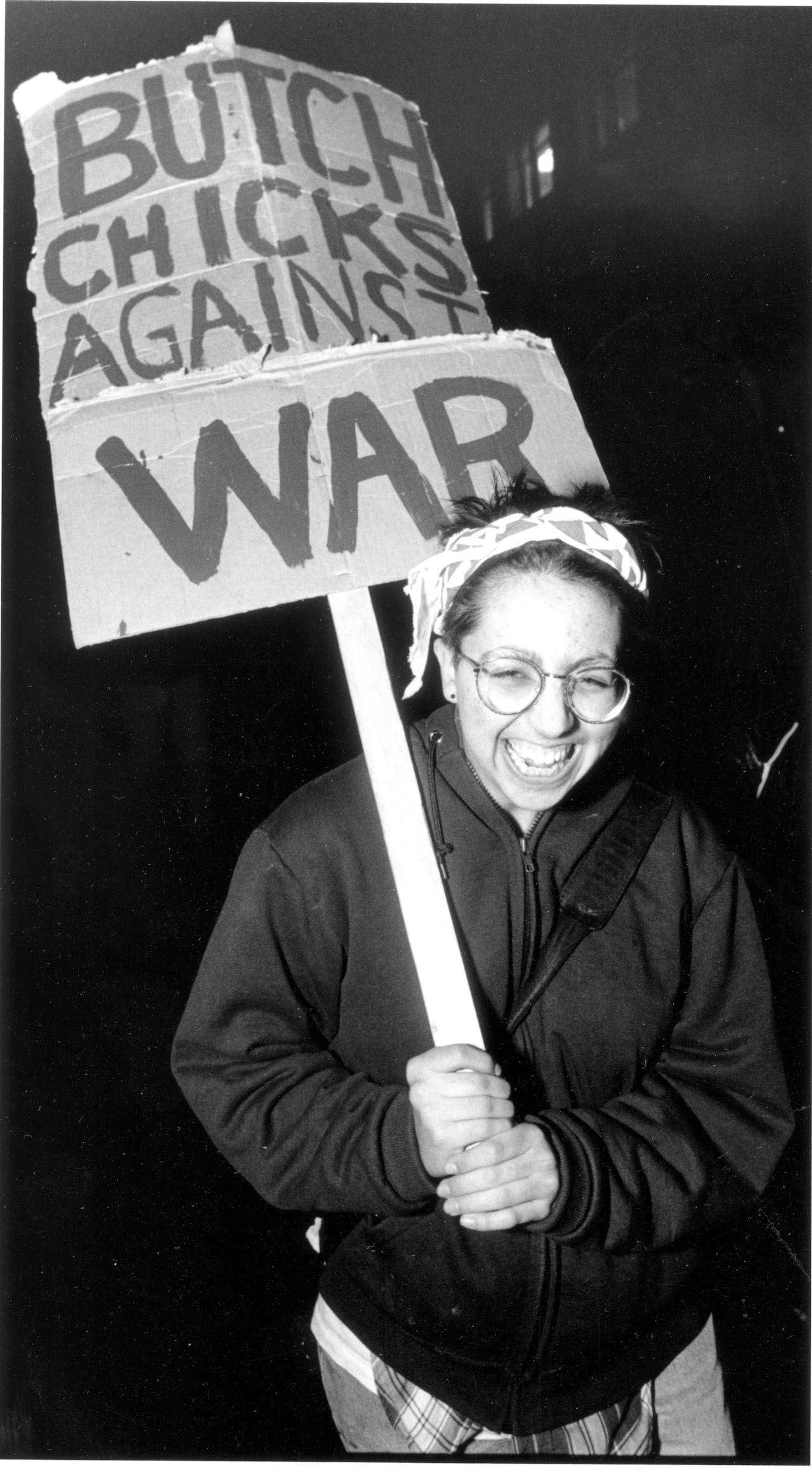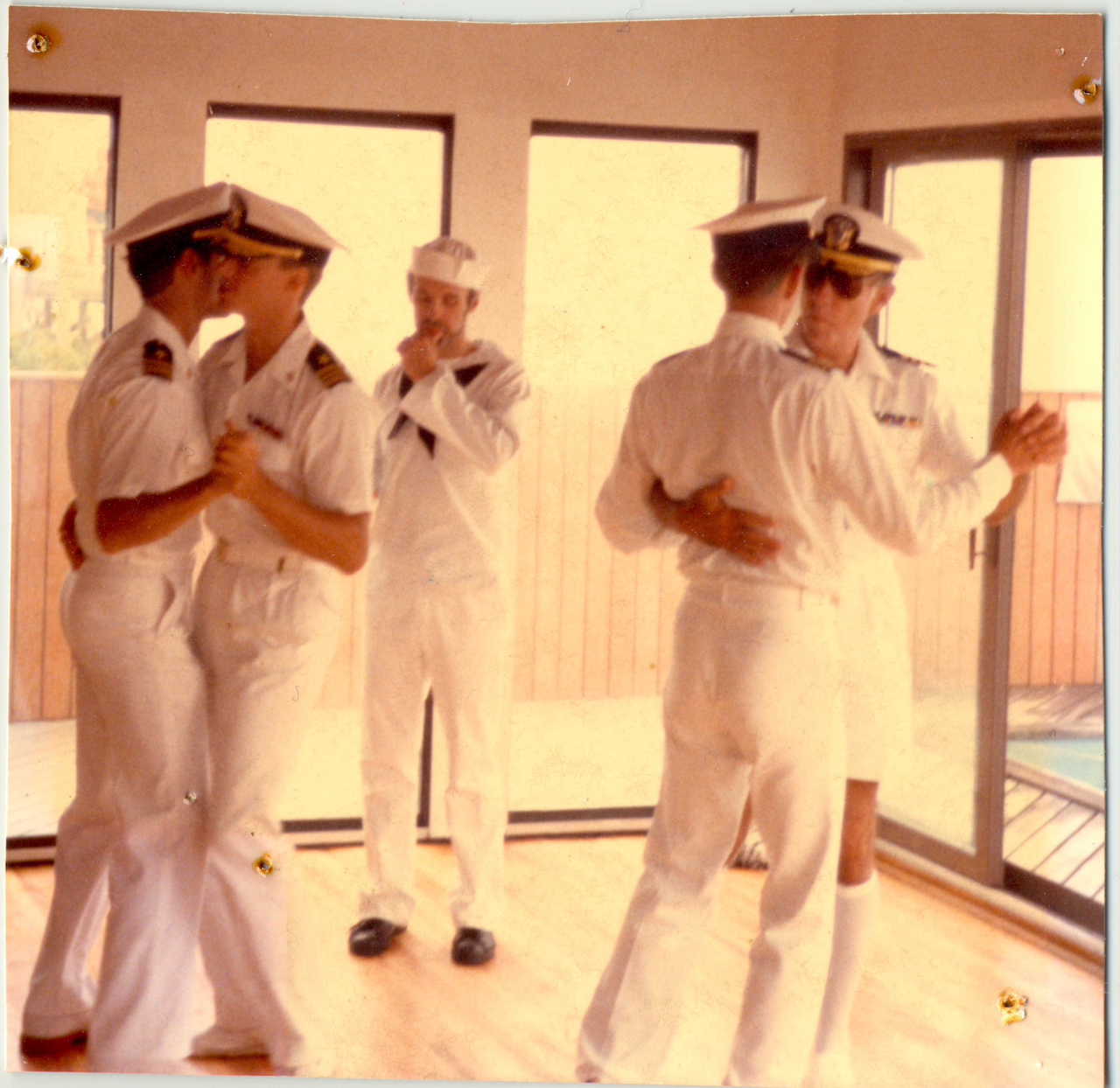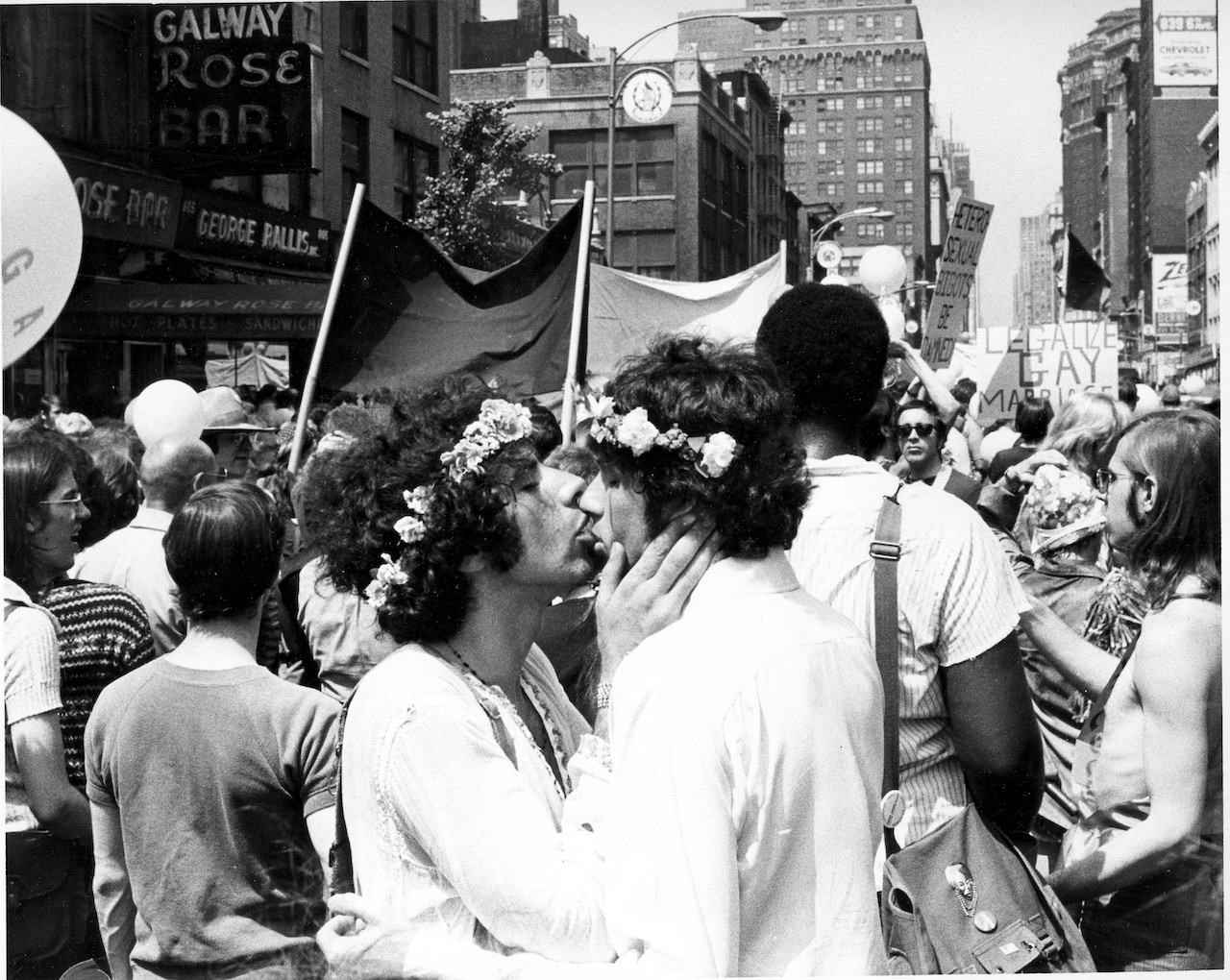We speak to the archivist at The Lesbian, Gay, Bisexual & Transgender Community Center in New York about the importance of preserving LGBTQ history
Until 1962, all 50 states in the US criminalised same-sex sexual activity. In 2003, less than two decades ago, all remaining laws against same-sex sexual activity were invalidated. But before that, LGBTQ people were forced to live in secret, lest they risk the possibility of losing their education, jobs, healthcare, homes, families, freedom, or lives. As a result, much of LGBTQ history has been lost or destroyed by people fearing discovery. Understanding this, activist and historian Richard C. Wandel created the LGBT Community Center National History Archive at The Lesbian, Gay, Bisexual & Transgender Community Center (The Center) in New York City in 1990, to collect, preserve, and make available to the public at large the material evidence of LGBTQ New Yorkers and their lives.
“As a community-based archive, we focus on unpublished records that people create… [connecting] with folks on the ground in big and small ways,” says Director of Archives Caitlin McCarthy. “The Center Archive was created as a space for those impacted by the devastating personal loss during the AIDS crisis. After people died, a family member or landlord might have tossed their belongings because they didn’t see any value in their artwork, journals, or photo albums – but we did.”
After working at the Metropolitan Museum of Art and the New York Historical Society, McCarthy joined The Center when Wandel retired in 2017, after 27 years of service. “I’m the only staff in the department, which happens sometimes in archives,” says McCarthy, who handles donations, reference services, education, and exhibition aspects of the work. “Working with my community here has given me the ability to break the mold when necessary, with the recognition that the traditional ways of running an archive, collecting, serving researchers and even defining them may not serve The Center Archive.”
A repository of history, culture, and soul, The Center Archive includes a wide array of materials including photographs, papers, newspapers, journals, posters, and audiovisual recordings from 1878 to the present day. Featuring more than 160 collections, the extraordinary wealth of materials includes the photography of Wilma Weissman and Steve Zabel, as well as material from OutWeek Magazine – a gay and lesbian weekly news magazine published in New York City from 1989 to 1991. It also includes Allen Ginsberg Interviews and FBI Files on various gay liberation groups between 1953-1970.
Since the pandemic began, McCarthy has been working to create an online archive, partnering with organizations like Google Arts and Culture to curate online shows. Through this, the public can view more than 5,000 photographs by Leonard Fink (1930–1992), a reclusive attorney for the New York Transit Authority documenting gay life in the years following Stonewall.
“Leonard Fink and Richard C. Wandel [the founder of The Center] were documenting at the same time, so there is some overlap in at marches, demonstrations, the West Side Piers, and nightlife but Leonard was not a public figure. He was an artist, but he never published or exhibited his work while he was alive. He took thousands of photographs that he stored at home, which points to the risk factor of taking them,” McCarthy says.
“Rich [Wandel] was a public figure. In the 1970s, he was the president of the Gay Activists Alliance and later the New York Mattachine Society. His photographs date to the 50s and 60s and document semi-public LGBTQ life at a number of beaches like Jacob Riis Park in Queens, which was a somewhat safe space similar to Fire Island where Patrik Moreton hung out. They have a distinctly gay male gaze, even though the subject matter isn’t overt.”
Elsewhere, the Richard Peckinpaugh (1918–1991) collection provides a fascinating study in preservation. In 1992, a community member donated a scrapbook he had purchased at a thrift shop in Manhattan, containing 946 black and white photographs made in Coney Island, Riis Beach, Point Lookout, and Atlantic City, between 1950 and 1980. “The photographs were not preserved in a traditional way,” McCarthy says. “They were labeled as ‘gay beach photographs’ for years, until two historians did the research and we were able to identify Peckinpaugh. It’s a beautiful story because it shows how the community nature of the archive fuels the work.”
In April 2020, McCarthy created the on-going LGBTQuarantine Archive Project Collection as an open call to the community to submit work they’ve been creating through the Covid-19 pandemic. “It’s creator driven, and they can tell us how they want their work shared and used,” McCarthy says. “It’s visual evidence of a very unique experience we’re all going through that tells us a lot about what’s happening today and will certainly represent LGBTQ New Yorkers in the future. People are going to be telling these stories for a long time and I want to make sure that it doesn’t get lost.”

